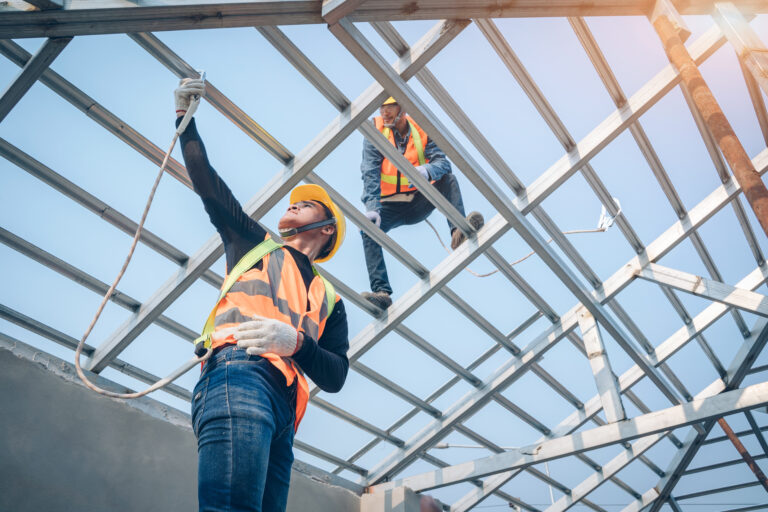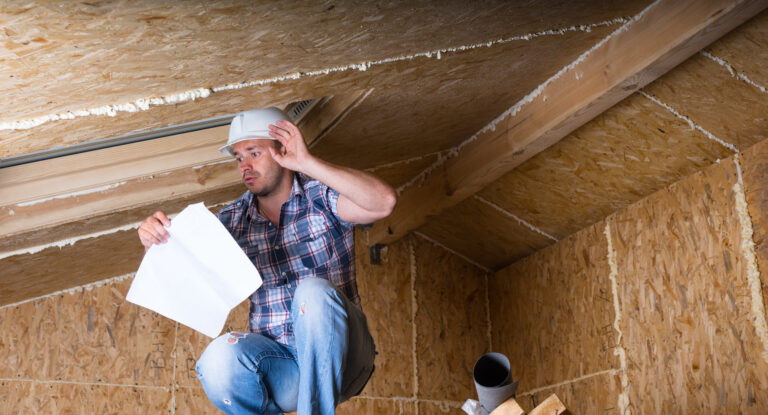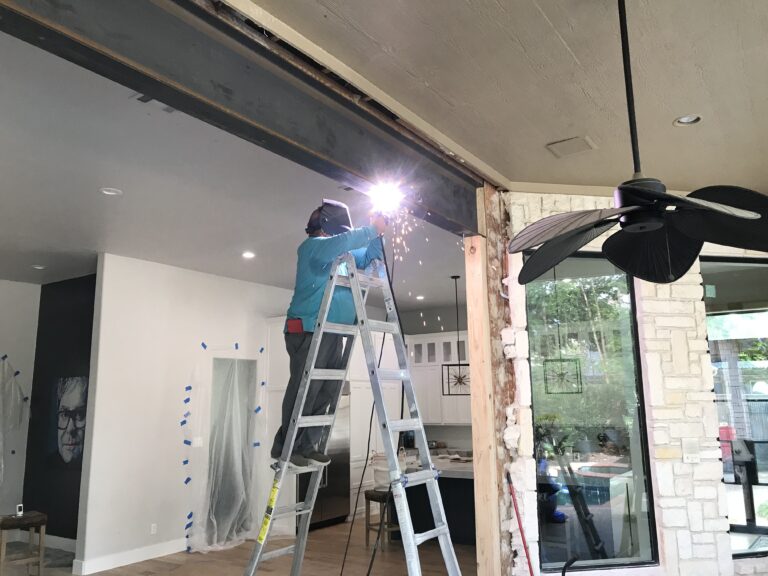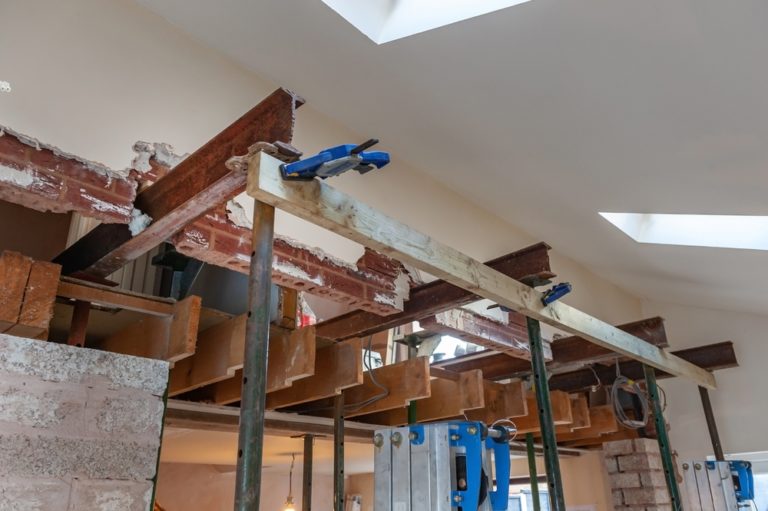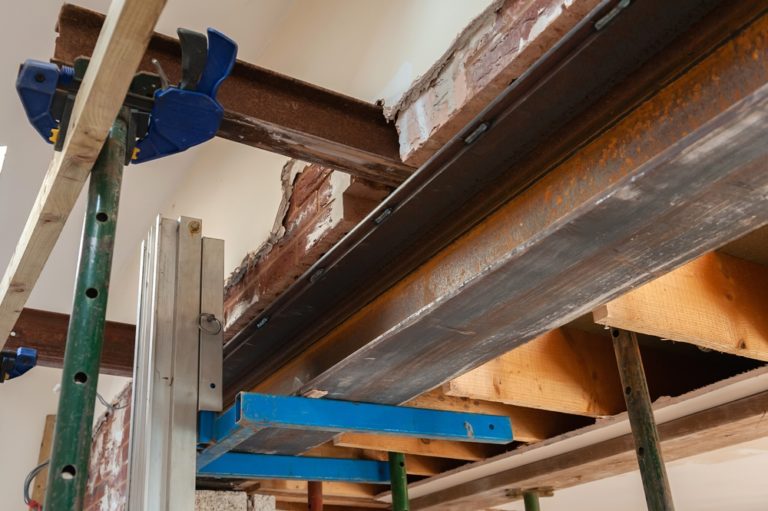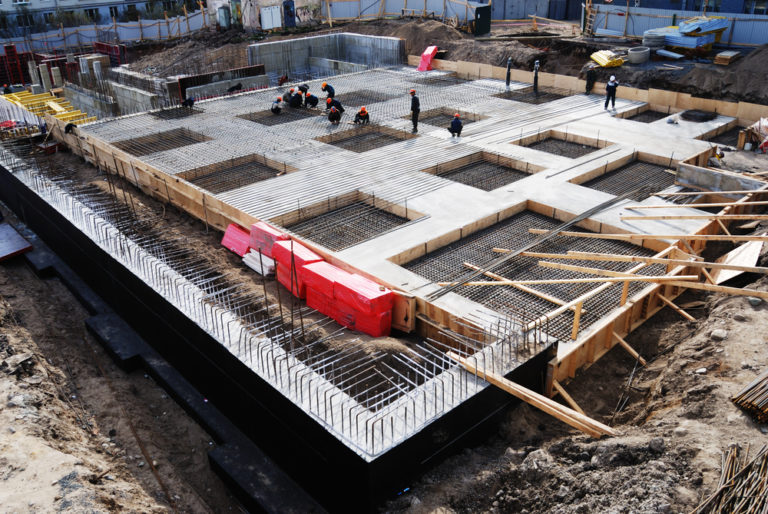A slab-on-grade foundation is a single layer of concrete, several inches thick, laid directly on the ground. Distinguished by its simplicity and cost-effectiveness, this type of foundation is common in warmer climates where the ground doesn’t freeze and cause it to crack. However, like any foundation, it’s prone to wear and tear over time, necessitating regular inspections to ensure the safety and longevity of your home.
The Importance of Regular Inspections
Regular inspections of a slab-on-grade foundation are crucial. They help identify potential problems early, preventing costly repairs down the line. Small cracks might seem innocuous but can escalate into significant issues, compromising the structural integrity of the building. Moreover, foundation issues can lead to other problems in the house, such as cracked walls, uneven floors, and malfunctioning doors and windows.
Signs You Need an Inspection
Several indicators suggest it’s time for a professional slab-on-grade foundation inspection. Visible cracks on the slab, uneven flooring, gaps around window frames, and doors that jam or fail to latch properly are tell-tale signs. Moisture issues, such as pooling water near the foundation or dampness on floors and walls, are also red flags. If you notice any of these symptoms, it’s wise to consult with a structural engineer or foundation specialist.
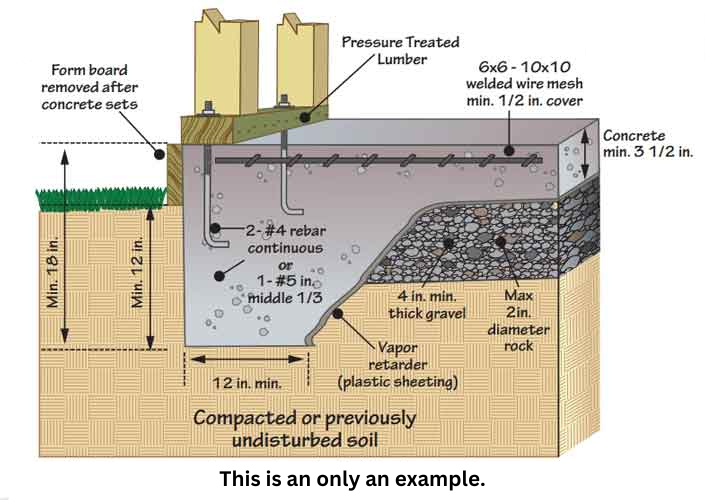
What Happens During an Inspection?
During an inspection, a professional will assess the overall health of your slab-on-grade foundation. They begin with a visual examination, looking for cracks, shifts in the slab, and signs of water damage. The inspector might also use tools like laser levels and moisture meters to evaluate the flatness of the slab and detect unseen problems like excessive moisture beneath the concrete.
They will check for any drainage issues or landscaping anomalies that could affect the foundation. Additionally, an inspection might include reviewing the history of the property to understand past issues and repairs. The goal is to form a comprehensive view of the foundation’s condition and identify any areas of concern.
Potential Problems and Their Implications
The most common issue with slab-on-grade foundations is cracking. While small, hairline cracks might be purely cosmetic, larger cracks can signify deeper structural problems. These might result from soil movement, poor drainage, or even tree roots encroaching beneath the slab. Not only do these cracks affect the appearance and value of your home, but they can also lead to water intrusion and pest infestations.
Uneven settling or shifting of the slab can lead to a host of structural problems. It can warp the frame of the house, leading to misaligned doors and windows, cracked wall joints, and uneven floors. In extreme cases, it can endanger the building’s structural integrity.
After the Inspection: Understanding Your Report
Post-inspection, the specialist will provide a detailed report outlining their findings. This report should give a clear picture of your foundation’s condition and, if necessary, recommend repairs. It’s crucial to understand this report fully – don’t hesitate to ask your inspector for clarification or further details.
Repair and Maintenance Tips
A slab-on-grade foundation, while efficient and cost-effective, requires regular inspections to maintain its integrity. Being vigilant about the signs of damage and acting swiftly upon them can save homeowners from expensive and extensive repairs. Always consult with a professional like Blake Essex at Nortex Structural in Dallas, TX for an accurate assessment and appropriate repair solutions, ensuring your home remains safe and stable for years to come.
If repairs are needed, they should be addressed promptly to prevent further damage. Options might include sealing cracks, improving drainage around the foundation, or underpinning the slab to stabilize the underlying soil. In addition to repairs, routine maintenance is essential. Keeping gutters clean, ensuring downspouts direct water away from the foundation, and maintaining consistent soil moisture levels around the house can go a long way in preserving the integrity of a slab-on-grade foundation.

